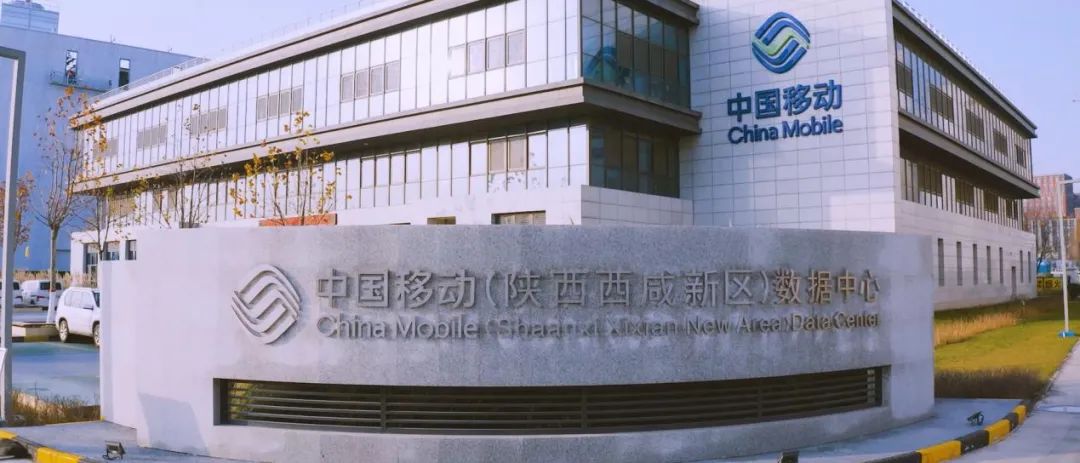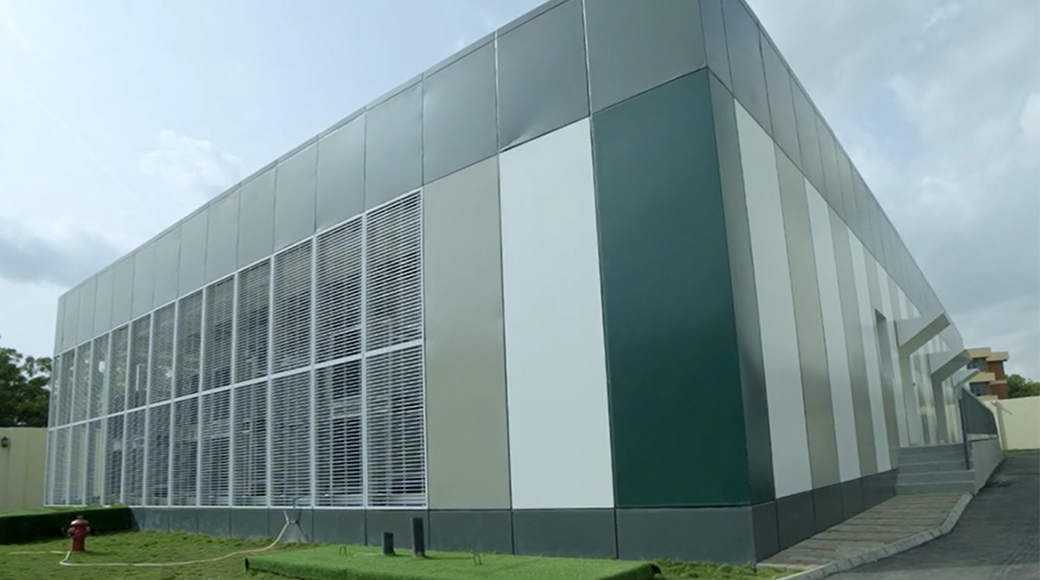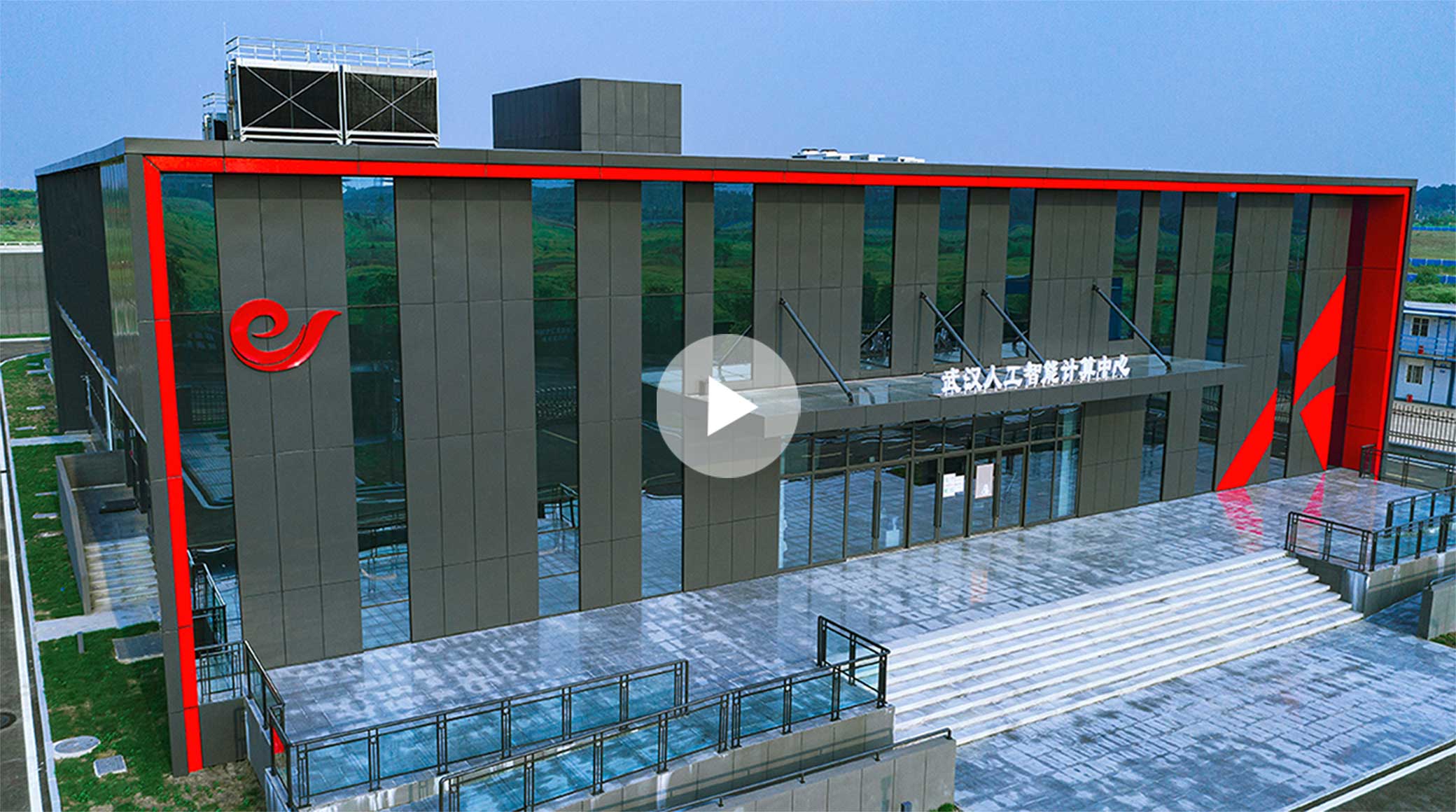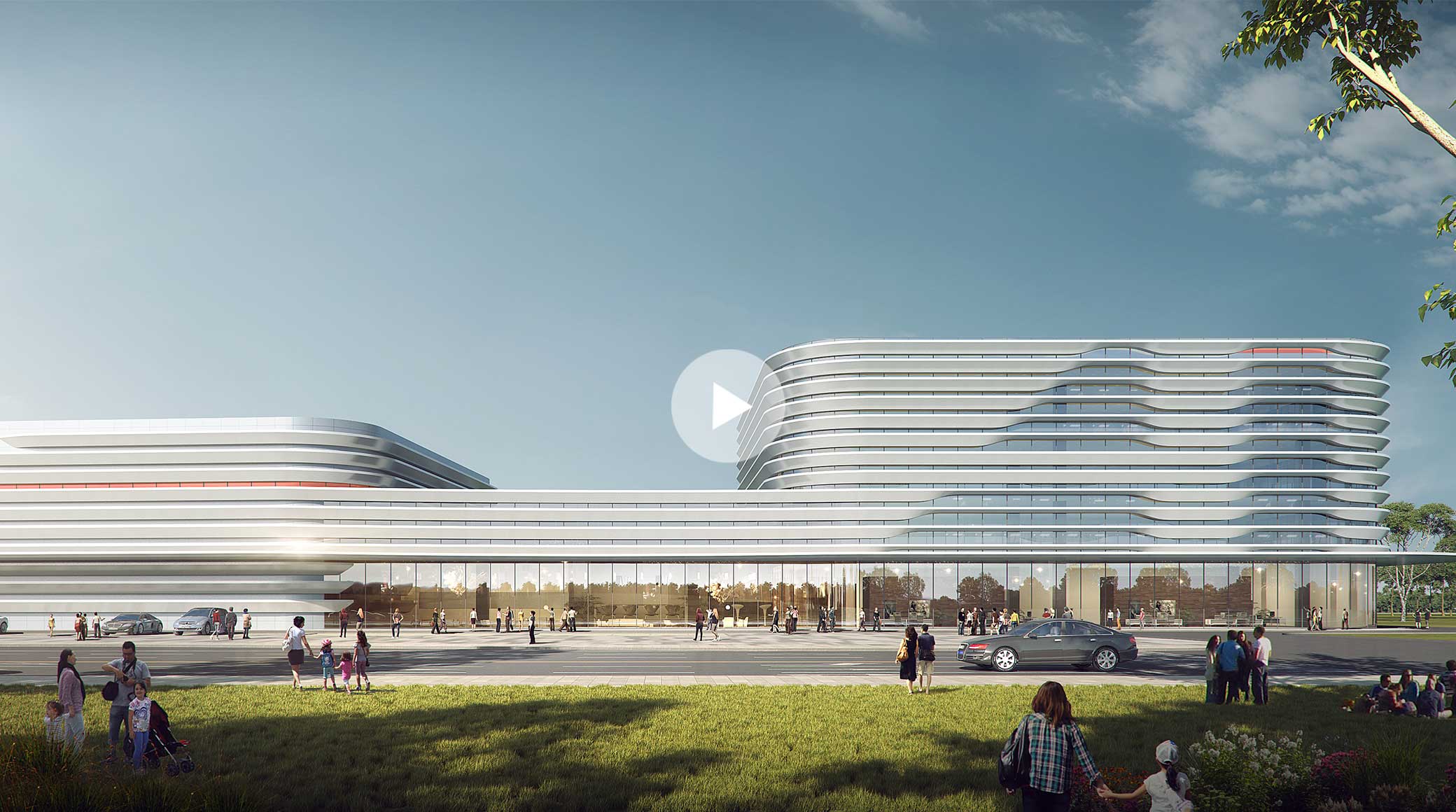When Modern Development and an Ancient City Collide
Xi'an, located in Northwest China, is one of the most historical cities in the world, serving as the capital for much of ancient China.
It's no wonder, then, that hundreds of millions of tourists visit Xi'an every year to explore sites such as the Terracotta Warriors, the Daming Palace, and the Drum and Bell Tower of Xi’an. The city truly boasts a seamless blend of culture, nature, and modern development.
In today's digital age, however, these droves of visitors bring massive torrents of data. From a global perspective, according to third-party database company Statista, 2021 saw a 79 Zettabyte (ZB) increase in data volume, the equivalent of approximately 79 billion Terabytes (TB). Such dramatic increases in data volumes put heavy strains on operators, and those in Xi'an are no exception to this trend.
As one of the world's largest telecommunications carriers, China Mobile has helped revolutionize connectivity around the world, enabling more than two billion connections between users.
Needing a new data hub for the Northwest China region, the carrier set an ambitious goal to build its new Xixian Data Center of China Mobile (Shaanxi) in the ancient capital, Xi'an. And as the speed of data center construction and expansion directly affects the digital experience, the carrier was not going to let its users down.
Indeed, in June 2021, the engineers at the Xixian Data Center achieved their construction goal: deliver a green data center with 938 racks in just six months.
A data center is a complex and sophisticated physical infrastructure that involves many subsystems and thousands of devices. Typically, a data center building with 1,000 racks would take eight months to construct, and 10 months would be required for equipment installation, commissioning, and acceptance.

The construction would also generate dust and debris, not ideal as Xi'an aims to become cleaner and greener. What's more, such a large-scale data center would consume 60 million kWh of electricity and 60 million tonnes of water every year, which indirectly contributes to nearly 30,000 tonnes of carbon emissions per year.
Facing such challenges, the China Mobile (Shaanxi) engineers felt confident that they could achieve a quick service rollout while prioritizing green and low-carbon results. In collaboration with long-term partner Huawei, they decided on a solution that involved combining a prefabricated modular data center with indirect evaporative cooling technology.
The data center was divided into 232 modules with the equipment all prefabricated and preinstalled in the factory. Then, after completing onsite preparation, LEGO-like construction was performed.
This allowed engineers to complete the entire service rollout in just six months, with construction waste and dust slashed by 80 percent, and a material recovery rate exceeding 80 percent.
Traditional data center cooling systems are also extremely resource-hungry, accounting for more than 30 percent of total power consumption and using up all of the water resources available to the data center.
Huawei's indirect evaporative cooling technology, however, capitalizes on Xi'an's climate, drawing air from the surroundings to cool the facilities.
Powered by Artificial Intelligence (AI) technology, the compressor is only needed for two months each year, with the facility relying on natural cooling for the other 10 months, reducing the cooling system's energy consumption by more than 50 percent.
As such, over a 10-year cycle, nearly 60 million kWh of electricity is saved, alongside 400,000 tonnes of water, which translates into slashing carbon emissions by 27,000 tonnes, the equivalent of planting 37,000 trees.
Such impressive feats were only made possible thanks to China Mobile (Shaanxi)'s engineering team, as well as Huawei's innovative Information and Communications Technology (ICT) infrastructure.
By taking full advantage of the natural climate from the ancient city, the rapid service rollout of just six months was achieved, all while prioritizing environmental protection, serving as a new benchmark for low-carbon data center development.







